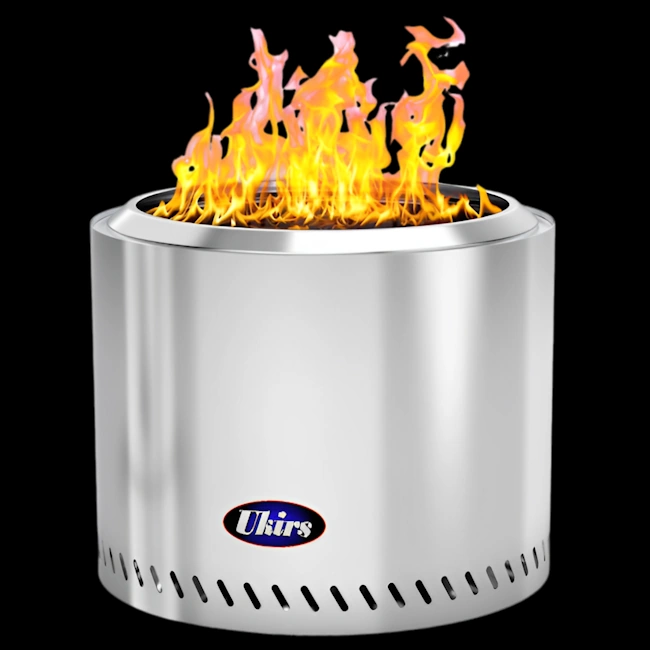The maximum temperature of stainless steel in air depends on the type of stainless steel and the operating conditions. In general, stainless steels can be used in air at temperatures up to 870 °C. However, some types / grades of stainless steel can withstand higher temperatures. For example, AISI 316 steel can be used up to 1000 °C, and AISI 446 steel up to 1200 °C.
It is important to consider factors such as:
- The type of corrosion that the steel will be subject to.
- Duration of exposure to high temperatures.
- Presence of mechanical loads.
When selecting stainless steels for oxidation-resistant service, the requirements for the design strength at the service temperature should be taken into account.
Factors affecting the maximum air service temperature for some grades of stainless steel:
1. Chemical composition:
- Chromium content: chromium is the main component that gives stainless steel its resistance to corrosion and oxidation. Higher chromium content results in higher resistance to high temperatures.
- Nickel content: nickel also improves corrosion and oxidation resistance, and provides strength and hardness.
- Molybdenum content: molybdenum improves resistance to high temperature corrosion and creep.
- Titanium content: titanium improves oxidation resistance and stabilizes the structure of steel.
- Tungsten content: tungsten improves resistance to high temperature corrosion and creep.
2. Microstructure:
- Grain size: fine grain provides greater strength and creep resistance at high temperatures.
- Carbide distribution: сarbides can affect corrosion and oxidation resistance, as well as strength and hardness.
3. Heat treatment:
- Annealing: annealing is used to relieve stresses caused during manufacturing and to improve strength and hardness.
- Hardening: hardening is used to increase strength and hardness.
- Tempering: tempering is used to remove the brittleness that occurs during hardening and to improve toughness.
4. Environment:
- Atmosphere: different gases in the atmosphere can affect the corrosion and oxidation resistance of stainless steel at high temperatures.
- Load: the loads applied to a material can affect its resistance to creep.
To determine the maximum application temperature of stainless steel in a particular application, it is recommended to contact the manufacturer or a stainless steel specialist.
| Steel designation | Maximum application temperature °C | ||
| AISI/ASTM (USA) | EN (Europe) | DIN (Germany) | |
| Ferritic heat-resistant steels | |||
| - | 1.4713 | X10CrAlSi7 | 800 |
| 405 | 1.4724 | X10CrAlSi13 | 850 |
| 442 | 1.4742 | X10CrAlSi18 | 1000 |
| 446 | 1.4762 | X10CrAlSi25 | 1150 |
| - | 1.4749 | X18CrN28 | 1100 |
| - | 1.4736 | X3CrAlTi18-2 | 1000 |
| Austenitic heat-resistant steels | |||
| 304H | 1.4948 | X6CrNi18-11 | 800 |
| 321H | 1.4878 | X8CrNiTi18-10 | 850 |
| 309 | 1.4828 | X15CrNiSi20-12 | 1000 |
| 253MA | 1.4835 | X9CrNiSiNCe21-11-2 | 1150 |
| 309S | 1.4833 | X12CrNi23-13 | 1000 |
| 310S | 1.4845 | X8CrNi25-21 | 1050 |
| 314 | 1.4841 | X15CrNiSi25-20 | 1150 |
| 330 | 1.4864 | X12NiCrSi35-16 | 1150 |
| Duplex heat-resistant steel | |||
| - | 1.4821 | X15CrNiSi25-4 | 1100 |
It is important to note that these are general guidelines only. Maximum application temperatures may vary depending on operating conditions such as load, environment, and operating time.
For more precise information on the maximum service temperature of heat-resistant stainless steel for a specific application, it is recommended to contact the stainless steel manufacturer or supplier.
